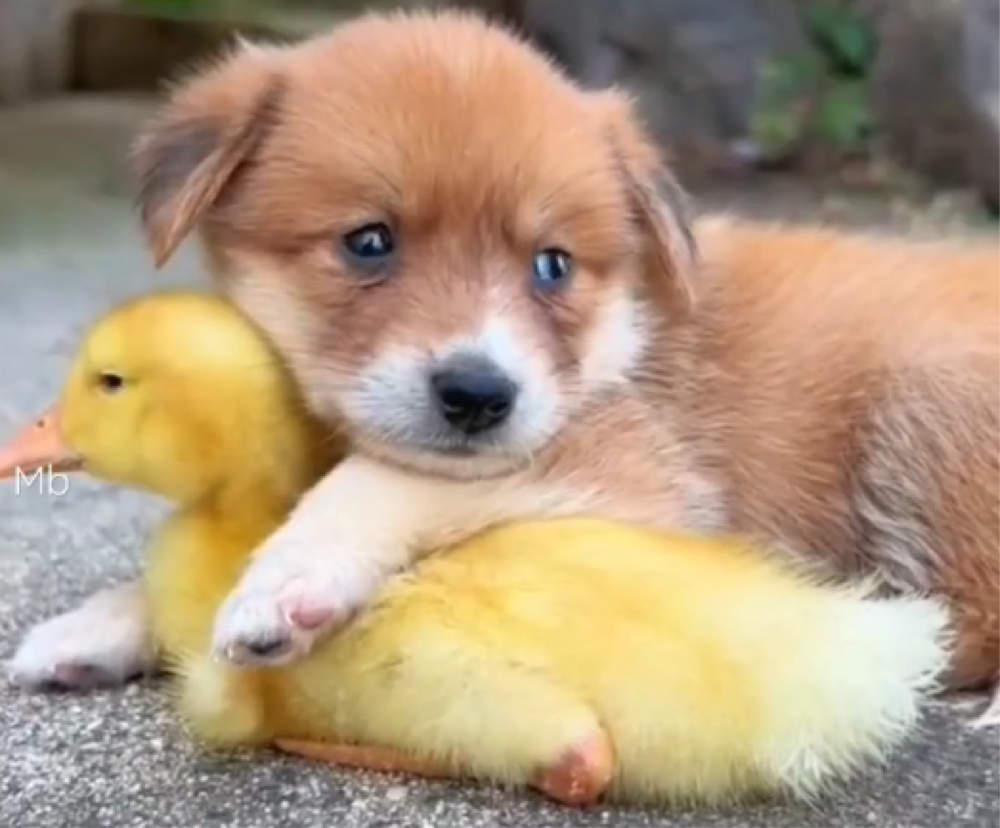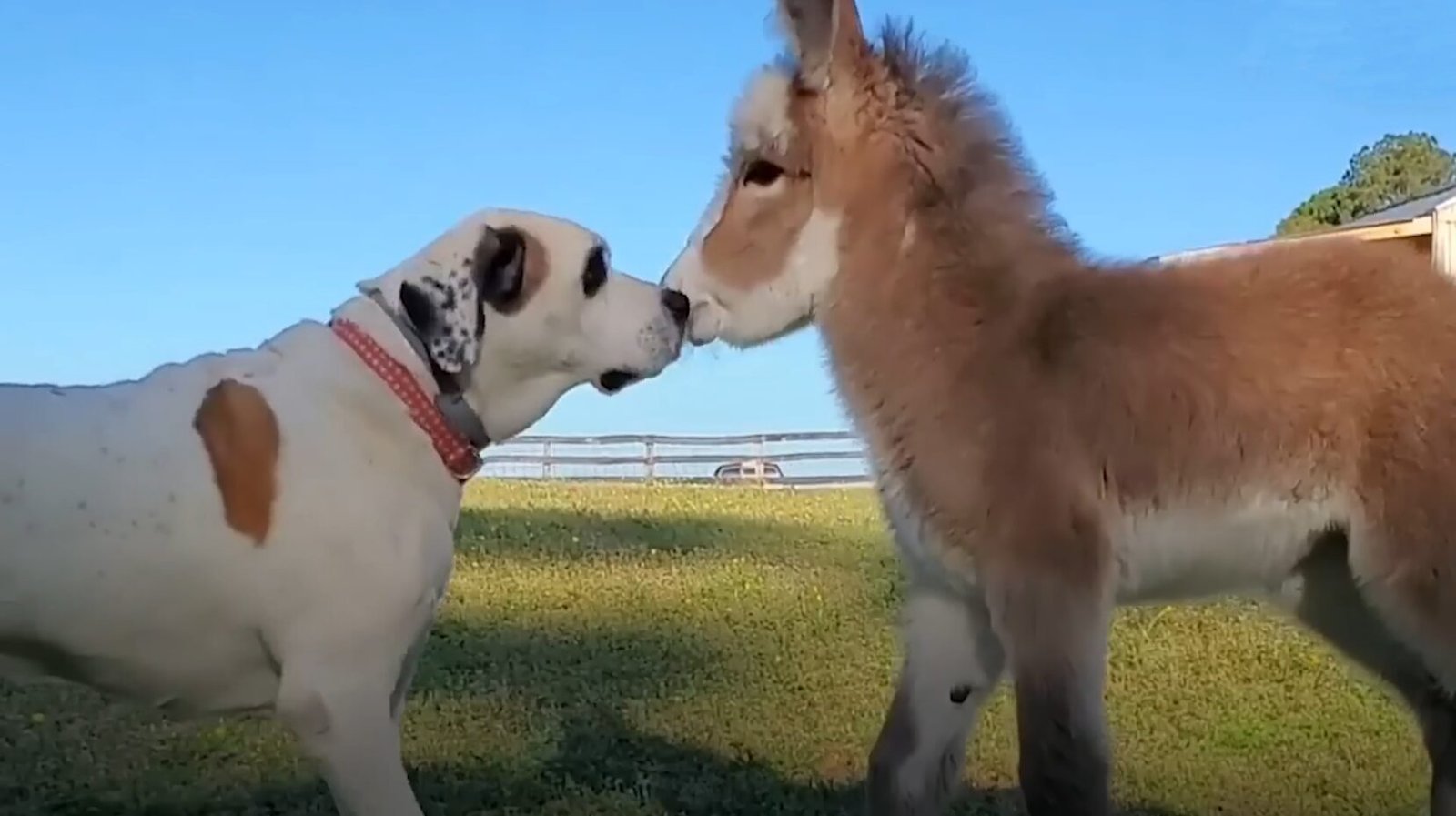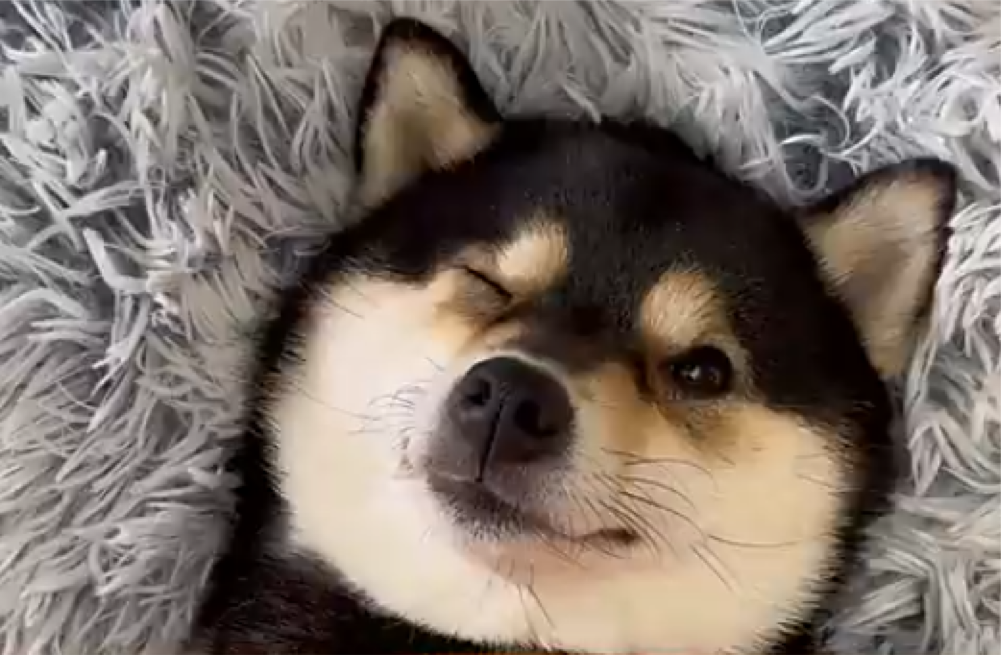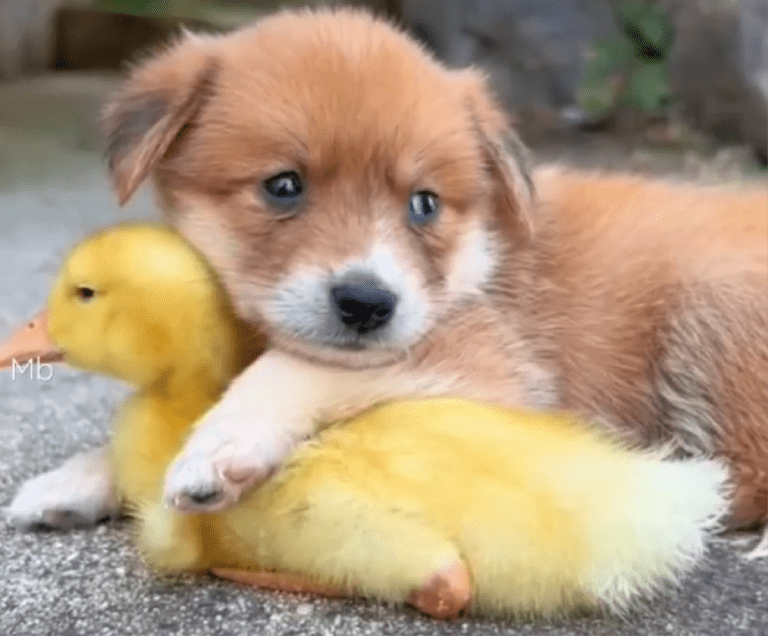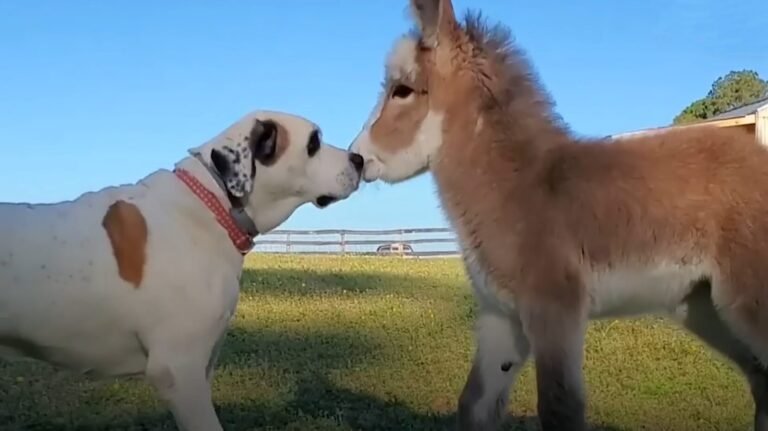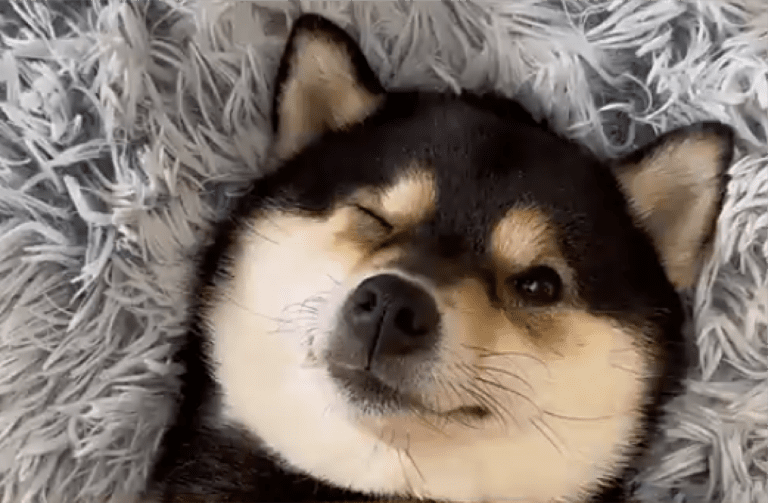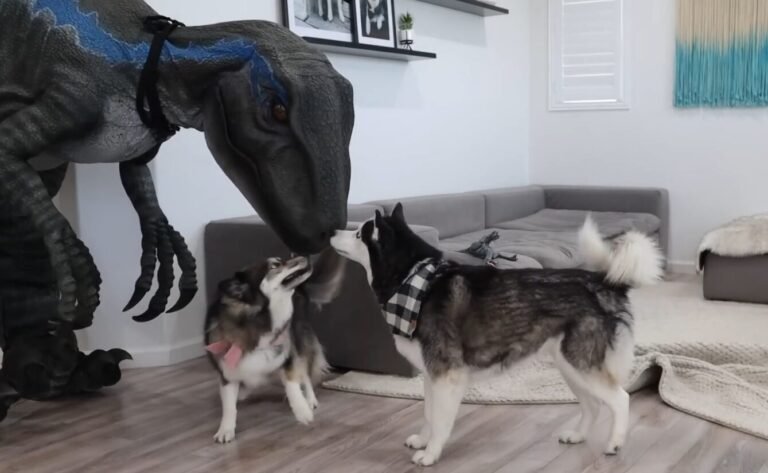Meet The Lion Dog
The Lion Tibetan Mastiff, otherwise called the “Lion Dog,” is among the most impressive breeds: bred for size, lion-like hair, and a strong appearance. This ancient breed was born in the Himalayas and has long been a part of the nomadic cultures, deeply respected as a guarding animal for livestock and property. In this paper, we will follow the interesting space of the Lion Tibetan Mastiff: its history, appearance, behaviour, upkeep needs, and so on.
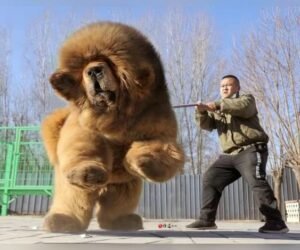
Heritage Dogs from the Himalayas
This well-marked dog dates back thousands of years. Initially bred by semi-nomadic tribes living in the Himalayas, the lions were primarily used to safeguard cattle against wolves and leopards. People valued such big size and loyalty. Later on, they had the right to be called guardians of monasteries and houses, which justified their high respect.


A Lion disguised as a dog
The Lion Tibetan Mastiff’s most notable characteristic is how much it looks like a lion. This is mainly because of their majestic fur mane covering their neck and shoulders, which gives them a commanding and mean look. They have a strong and muscular body; males are usually between 26 and 30 inches tall, weighing over 150 pounds. Their thick, double-layered fur can be in any colour—black, brown, and grey—with predominantly tan highlights.


Faithful and Guarding
They are known to be loyal and supervisory. They attach themselves to their own families well and are very good, devoted guardians. Apparently, they are introverted and shy when they do not know the people. However, they are friendly and loving to whomever they get along with. Their instinctive sense of being a protector makes them a very good watchdog. But they should be trained and socialised to be civil and obedient.


Caring For The Magnificent Fur
The grandeur of The Lion Tibetan Mastiff lies in its majestic and thick coat, thus requiring regular grooming to be maintained at its best condition. That is to say it should be brushed many times, for example, once per week, to avoid tangling and removing excess hair, especially when it sheds. It should be bathed frequently, cleaned for its ear infection and nails trimmed to keep track of their health and hygiene. Their size is pretty large, so they take a lot of time to groom, but they have to be kept well-groomed at all times.


Well-Rounded Exercise for a Large Breed.
Even though they are large in size, Lion Tibetan Mastiffs do not need a lot to maintain their health and avoid instability. It is best to have daily walks, playtime in a secure yard, and provide mental stimulation with interactive toys or training exercises. They are less hyperactive compared to certain breeds, but they still require chances to exercise and trigger their intellect. Teaching a Lion Tibetan Mastiff demands a gentle yet firm method. Their intelligence and independence can occasionally come across as stubbornness. Early socialisation is important to make sure they are well rounded and can engage in a suitable manner with other animals and individuals.


Typical Health Worries
Although usually strong, Lion Tibetan Mastiffs may be at risk for some health problems that are typical in large breeds. They are vulnerable to elbow dysplasia and thyroid disease, among other health risks. A healthy, long lifespan can be guaranteed when one visits a veterinary clinic frequently, works out and diets properly, and avoids health risks. They thrive for 10 up to 12 years. Lion Tibetan Mastiffs thrive well in spacious environments such as the home with large yards. It can, however, live indoors but needs a space to move about with ample warmth. Its size and requirement for movement put it at odds with apartment living. Giving them a secure yard where they can play happily happens to be the best idea ever!
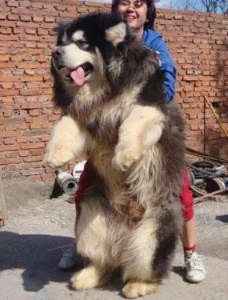

Giving Food To The Enormous Creature
Lion Tibetan Mastiffs are really enormous so they need lots of food to sustaining their body sizes. They need proper proteins for their muscle mass and overall health condition. To build an appropriate diet plan that can offer them all the requirements, it is very necessary that they seek advice from a doctor. To prevent obesity as well as other health problems resulting from obesity, it is also highly essential that they keep inspecting their weight and changing their diet schedule accordingly.


Representation 0f Power And Grandeur
Lion Tibetan Mastiffs in their own regions are culturally perceived as mighty, majestic, and protective symbols. People from all over the world love them because they are both beautiful and loyal. The dogs are, however, best for experienced pet keepers who know how to look after them due to their scarcity and high maintenance requirements. The Lion Dog refers to the Tibetan Mastiffs, who are known for their strength, obedience, and royal dignity. This transformation of wolves guarding herds centuries ago into cherished family members was what gave them such a classy air around them. The animal friends have to be attended, trained, and socialised, as well as puppies.
